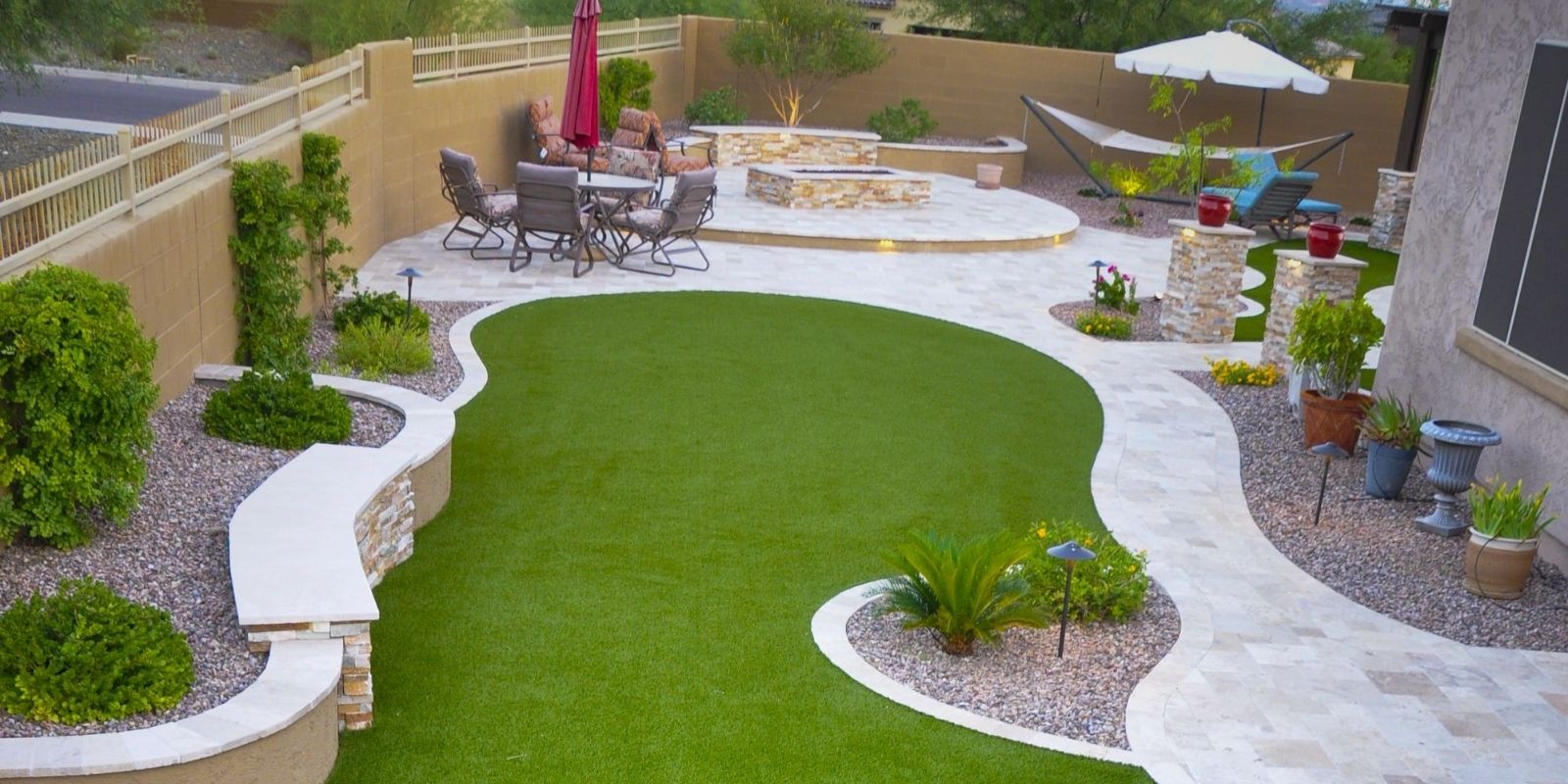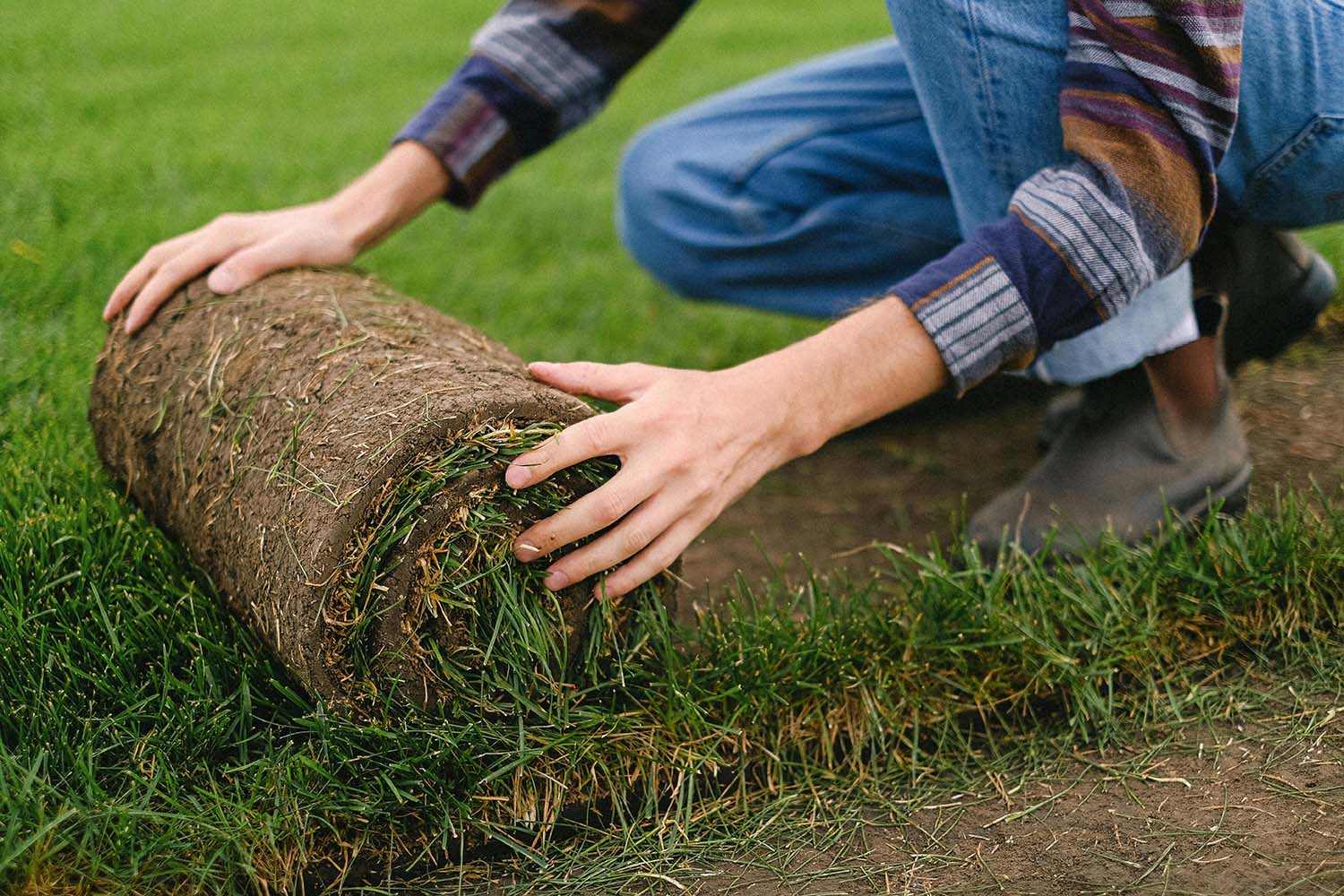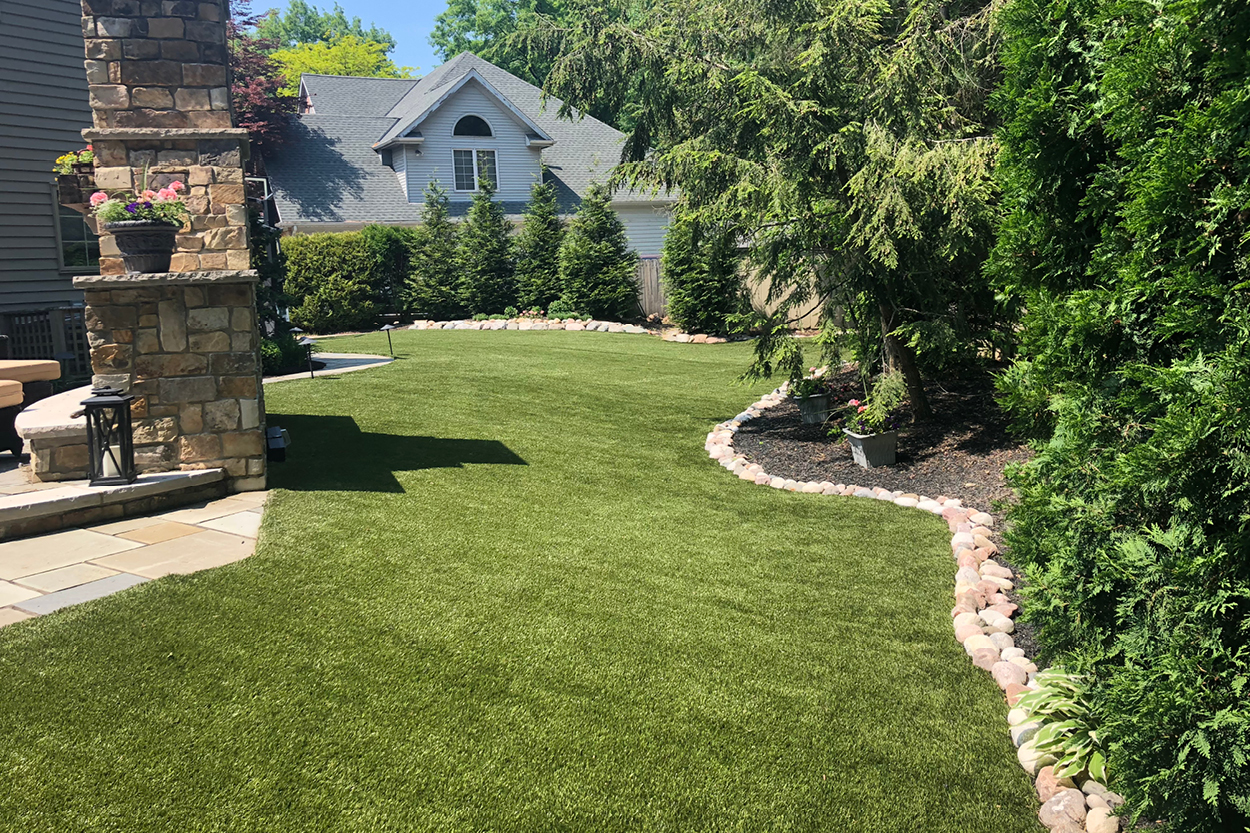Well-Known Phoenix Turf Companies Providing High-End Synthetic Grass Installation
Well-Known Phoenix Turf Companies Providing High-End Synthetic Grass Installation
Blog Article
Delve Into the Environmental Advantages of Opting for Artificial Turf Solutions
The fostering of man-made grass options offers a compelling chance to attend to pushing ecological obstacles. By dramatically minimizing water usage and lessening the application of unsafe chemicals, these choices not just promote sustainable landscaping but likewise shield regional ecosystems.
Water Conservation Advantages
Among one of the most substantial benefits of fabricated turf is its ability to conserve water. Traditional turf lawns require substantial irrigation, especially in areas prone to dry spell or water constraints. On the other hand, synthetic grass does not need watering, substantially minimizing the general demand for water sources. This function is especially helpful in dry regions where water deficiency is a pushing concern.
By getting rid of the requirement for normal watering, synthetic grass adds to sustainable landscape methods and aids mitigate the environmental influence of too much water consumption. Additionally, the preservation of water includes the reduction of overflow, which can bring about dirt erosion and waterway contamination.
Additionally, the installment of synthetic grass permits municipalities and property owners to allocate water sources more effectively, concentrating on essential uses such as alcohol consumption water and farming. The change in the direction of artificial turf not only advertises liable water use however likewise lines up with broader environmental objectives targeted at protecting natural resources.
As communities increasingly focus on sustainability, the water preservation benefits of artificial lawn offer an engaging case for its adoption in industrial and domestic landscape design jobs.
Decreased Chemical Usage
The transition to synthetic grass significantly decreases the reliance on chemical therapies generally made use of in natural turf maintenance. Typical lawn administration normally involves the application of herbicides, pesticides, and plant foods to promote growth and control parasites. These chemicals can present threats to human wellness, neighborhood wild animals, and the atmosphere, adding to soil and water contamination.
In contrast, artificial grass gets rid of the demand for these harmful compounds. By lessening the launch of artificial substances right into the ecosystem, synthetic grass promotes healthier soil and water systems.
Furthermore, the lack of chemical drainage connected with fabricated turf setups assists secure neighborhood waterways from pollution, sustaining aquatic life and maintaining biodiversity. Arizona turf. As communities increasingly prioritize lasting practices, going with synthetic grass presents a practical solution that lines up with environmental preservation goals. Through this change, homeowner can enjoy lavish green areas without compromising eco-friendly wellness, leading the way for a much more sustainable future
Reduced Carbon Footprint

Furthermore, the installment of synthetic lawn can lead to considerable water preservation. All-natural grass require significant amounts of water for watering, which not just includes in the carbon footprint associated with water removal and therapy yet likewise stress neighborhood water sources. On the other hand, synthetic grass needs minimal maintenance, requiring no watering, thus dramatically minimizing water use and its linked power expenses.
Furthermore, the longevity of synthetic grass adds to its lower carbon effect. With a life expectancy of as much as 15 years or more, the demand for frequent substitutes is diminished, leading to less waste and lower energy consumption in manufacturing and disposing of typical yard choices. In general, synthetic grass presents a sustainable alternative for eco aware landscaping.
Environment Preservation
Habitat conservation is a crucial factor to consider in the dispute over landscape design choices, especially when comparing synthetic grass blog here to natural grass. All-natural lawn lawns often need substantial maintenance, including using chemicals, herbicides, and plant foods, which can negatively impact local environments. These chemicals can leach right into the soil and rivers, harming indigenous plants and fauna and interrupting local environments.
Synthetic grass eliminates the requirement for harmful chemicals, thus safeguarding close-by wild animals and keeping the stability of bordering ecosystems. The installation of man-made lawn can lead to the conversion of former turf areas right into even more biodiverse landscapes, such as pollinator yards or indigenous plant areas, which can support neighborhood wildlife.
Inevitably, the shift to man-made grass not just conserves water and reduces upkeep initiatives yet also cultivates a much more unified relationship in between human activities and the natural surroundings, advertising environment conservation at the same time.
Long-Term Sustainability
Lasting sustainability is a vital consider evaluating the benefits of synthetic grass over standard yard yards. One of one of the most substantial read the full info here advantages of artificial lawn is its longevity; it can last as much as 15-20 years with marginal maintenance, whereas all-natural lawn needs constant reseeding and replacement. This long life reduces the requirement for continuous sources, such as water, fertilizers, and chemicals, which are crucial for keeping a healthy and balanced turf lawn.
In addition, synthetic grass adds to a reduction in carbon emissions related to yard treatment tools. Typical grass commonly need gas-powered mowers, leaners, and blowers, all of which add to air pollution. Artificial turf companies phoenix. On the other hand, synthetic grass eliminates the demand for such equipment, advertising a cleaner environment
In addition, the manufacturing of synthetic grass increasingly uses recycled materials, improving its sustainability account. As producers take on green methods, the ecological impact of synthetic grass proceeds to lessen.

Final Thought
The fostering of synthetic grass solutions presents considerable environmental advantages, including substantial water preservation, lowered dependence on hazardous chemicals, and a lower carbon footprint. Man-made grass aids in maintaining all-natural habitats by navigate to this website minimizing land disruption and promoting long-term sustainability via the usage of long lasting materials. Collectively, these variables emphasize the possibility of fabricated grass to contribute positively to environmental health and supply a viable choice to typical landscape design methods in a progressively resource-conscious world.
In contrast, fabricated grass does not require watering, dramatically minimizing the general demand for water sources. By reducing the launch of synthetic substances into the ecosystem, fabricated lawn promotes healthier dirt and water systems.
Moreover, the setup of artificial turf can result in significant water conservation. In contrast, fabricated lawn requires minimal upkeep, calling for no watering, consequently significantly lowering water usage and its linked energy costs.

Report this page